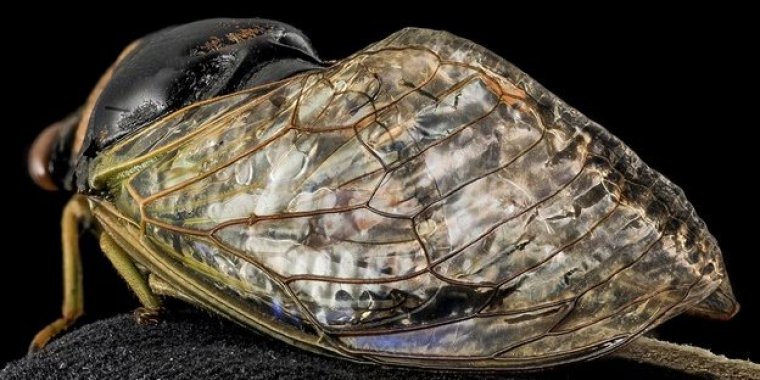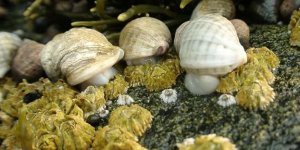| News / Science News |
Cicada-inspired waterproof surfaces closer to reality
Researchers who study the physical and chemical properties of insect wings have reproduced the nanostructures that help cicada wings repel water and prevent bacteria from establishing on the surfaces.

A new fabrication technique allows researchers to replicate the nanostructures of cicada wings. Photo: USGS/Wayne Boo
The technique uses commercial nail polish and is economical and straightforward. The scientists said it will help fabricate future high-tech waterproof materials.
The team used a simplified version of a fabrication process called nanoimprinting lithography to make a template of the complex pillar-shaped nanostructures of the wings of Neotibicen pruinosus, an annual cicada found in the central region of the United States.
Nanoimprinting lithography is not new but can be labor-intensive and expensive, the researchers said.
Some approaches use toxic materials that can damage the original copied object, for example, a delicate cicada wing. Others require high temperatures that are not compatible with biological samples such as plants or insects.
The new process allows the scientists to work in an open lab at room temperature and atmospheric pressure. They use nail polish and rubbing alcohol, which does not inflict damage to the delicate wing nanostructures, the researchers said.
The templates produce replicas that average 94.4% of the pillar height and 106% of the original wing. The results of the study are published in the journal Nano Letters.
"We chose to work with this species of cicada because our work demonstrates how the complex nanostructures on their wings have an outstanding ability to repel water," said Marianne Alleyne, an entomologist at the University of Illinois at Urbana-Champaign. "That is a property that will be useful in many materials engineering applications, from aircraft wings to medical equipment." (National Science Foundation)
YOU MAY ALSO LIKE





